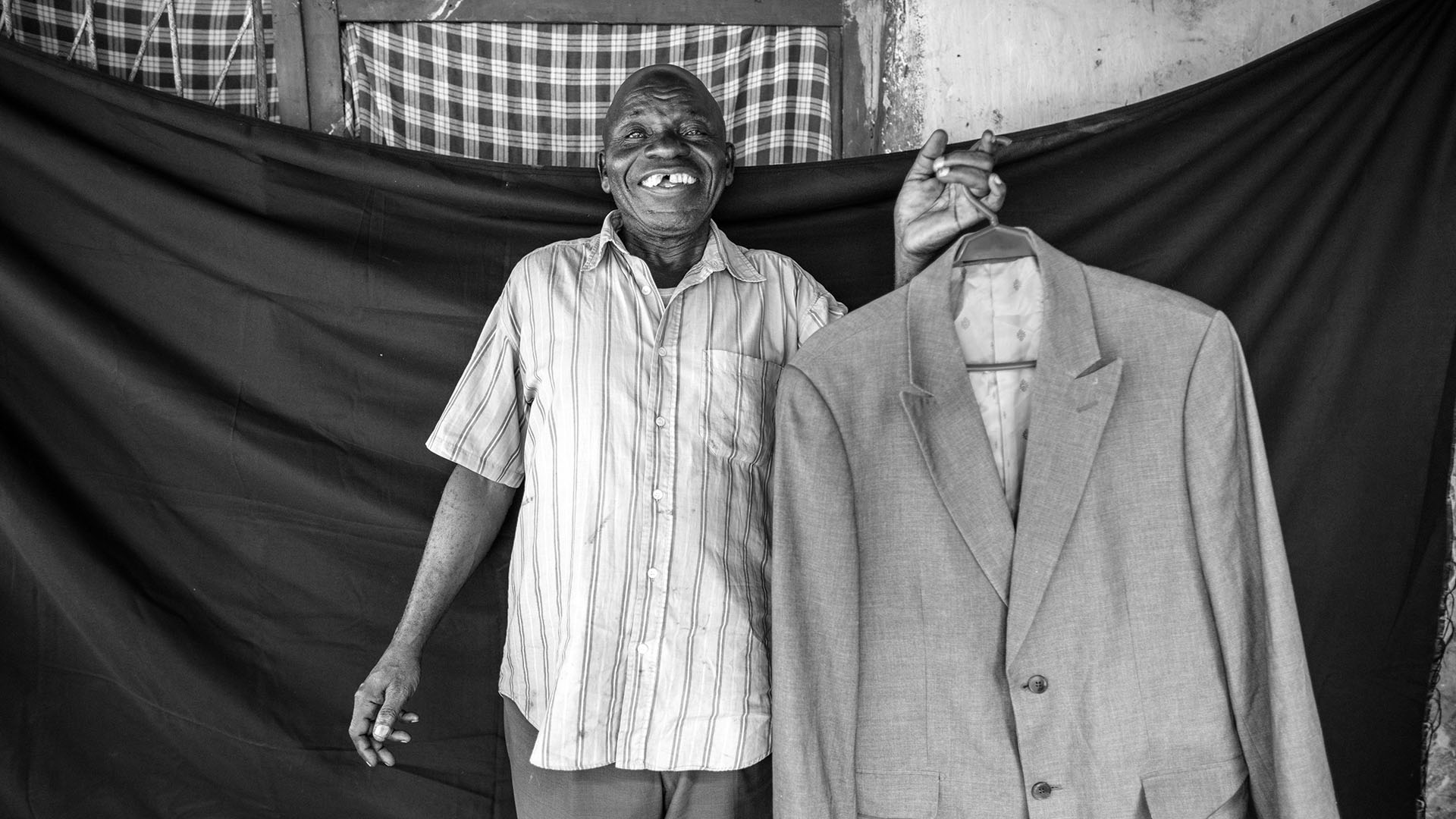Lebanese stream out of Syria, more than a third now back in Lebanon
Lebanese stream out of Syria, more than a third now back in Lebanon

DAMASCUS, August 16 (UNHCR) - The number of Lebanese returning from Syria continued to grow on Wednesday, with the UN refugee agency estimating that more than a third of the 180,000 who had sheltered there at the peak of the fighting were already back in Lebanon.
By four in the afternoon, more than 74,000 Lebanese had crossed back from Syria since the start of the ceasefire on Monday morning - more than 29,000 by 7pm on Wednesday alone, according to UNHCR border monitors. Some 16,000 had returned on Monday and 30,000 on Tuesday.
"We are very happy to go back, no matter what will await us in our village," said a father, who was going back with his family on a bus organised by UNHCR to Tyre in southern Lebanon. The city was heavily damaged by Israeli air strikes in the month of fighting.
An increasing number of the Lebanese returning from Syria were the poor, especially from the Bekaa Valley, who were sometimes unable to afford the fare back home. Although they had often fled the bombing with only the clothes they were wearing, they were returning with mattresses, clothes and food provided by Syrians.
UNHCR assisted the exodus from Syria with a fresh series of bus convoys to major Lebanese cities. Eleven buses were organised from the Syrian city of Homs to Beirut, Tripoli, Hermel, and Baalbek. UNHCR also organised 16 buses from Damascus to Baalbek, Zahle, Beirut, Tyre and Sidon.
"We are not worried at all. We're not afraid. We just want to go home," said a passenger from southern Lebanon who was waiting to board a bus in Damascus.
Inside Lebanon, UNHCR teams continued to monitor the flow of Lebanese back to their homes, distributing water and other assistance at key points along the routes back. In most areas visited they found the schools that had been used to house those fleeing the fighting were now empty.
Another two plane-loads of UNHCR aid, with 261 tents for the homeless and 9,000 blankets, arrived in Beirut from Amman. From existing stocks, UNHCR sent 910 tents to Sidon and loaded five trucks for Tyre with tents, blankets and mattresses.
Meanwhile, the unloading of more UNHCR supplies from one ship in Beirut harbour continued, but the arrival of a French ship carrying five large UNHCR trucks - which would be able to navigate the heavily damaged roads of south Lebanon - was delayed until Thursday.
While UNHCR was bringing in mattresses, blankets, cooking sets and other material needed immediately by the returning victims of the war, it was also developing a plan for helping in the rebuilding that would follow.
UNHCR will initially focus on emergency shelter for the most vulnerable living outside of the major cities - areas where the extent of the damage is only now being discovered. But in addition, UNHCR expects to help rehabilitate public buildings that can serve as temporary shelter for the homeless while they rebuild.
By Annette Rehrl in Damascus, Syria








